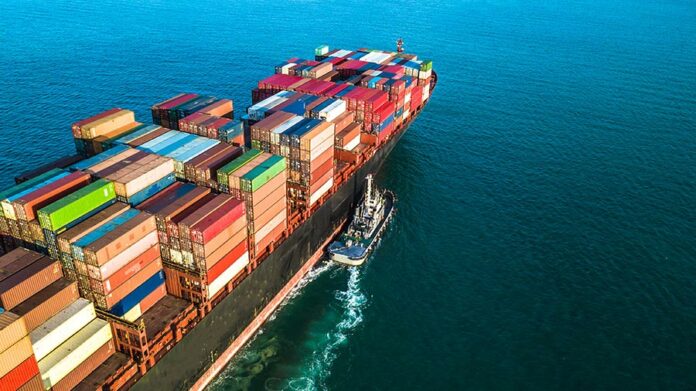After India declares an FTA negotiation with Israel, the nation is going for an FTA negotiation with another strategic partner, UAE.
India and UAE have had a long-standing bilateral relationship for a long time. There where trade between the two since ancient times. But it started to be more concrete after UAE struck oil in the 1960s. Since then a lot of Indians begins to migrate towards the UAE.
After the founding of the UAE, more and more Indians started to migrate. The salaries they remit home is a major income source especially for Kerala, which has a large diaspora in the Gulf state. Indians make up 38% of the UAE’s total residents.
Not only is it an employee for many Indians, but it is also the second-largest goods export market accounting for 6% of India’s global exports. UAE at the same time is the eighth largest investor in India.
India exports petroleum products, precious metals, stones, gems and jewellery, textiles and garments, food items, engineering goods, and chemicals to UAE.
At the same time, UAE exports petroleum and petroleum products, precious metals, stones, gems and jewellery, minerals, chemicals, and wooden products.
But India has its challenges in this field. Pakistan has been UAE’s partner for a long time and both have a deep bond. In recent years China is trying to be an important economic partner.
When signed this would be the first FTA India would sign in over a decade. The agreement hopes to include gems, jewellery, textiles, garments to certain engineering goods like steel.
India will make sure that the duty-free environment, will not be misused by making sure the origin of products, controlling the illegal inflow of Chinese goods.
To be qualified under duty concession it might either specify a 35% worth value addition at UAE for all items or similar restrictions to prevent misuse of the FTA.
Both sides began negotiations for Comprehensive Economic Partnership Agreement (CEPA), the name they gave for the FTA. It began on September 23, aims to finish it by December, and sign the agreement by 2022 March.
87% of the products UAE imports from India are taxed at 5% (textiles, garments, and jewellery), while 11% (steel products) attract no duty, and the rest of the imports face tax and other restrictions.
These three sectors alone make 30-40% of India’s export to the UAE.
By now, both have applied tax tariffs on bilateral trade except for certain products like tobacco, etc. It is expected to raise the bilateral service and merchandise trade by more than double, even up to $100 billion in five years.
Trade negotiations, from Israel to UAE, are all part of India’s fair and balanced trade agreements with the key economies and to revamp existing trade agreements to boost trade.
It began after India pulled out of the China-dominated RCEP talks in November 2019.
Follow and connect with us on Facebook, LinkedIn & Twitter

